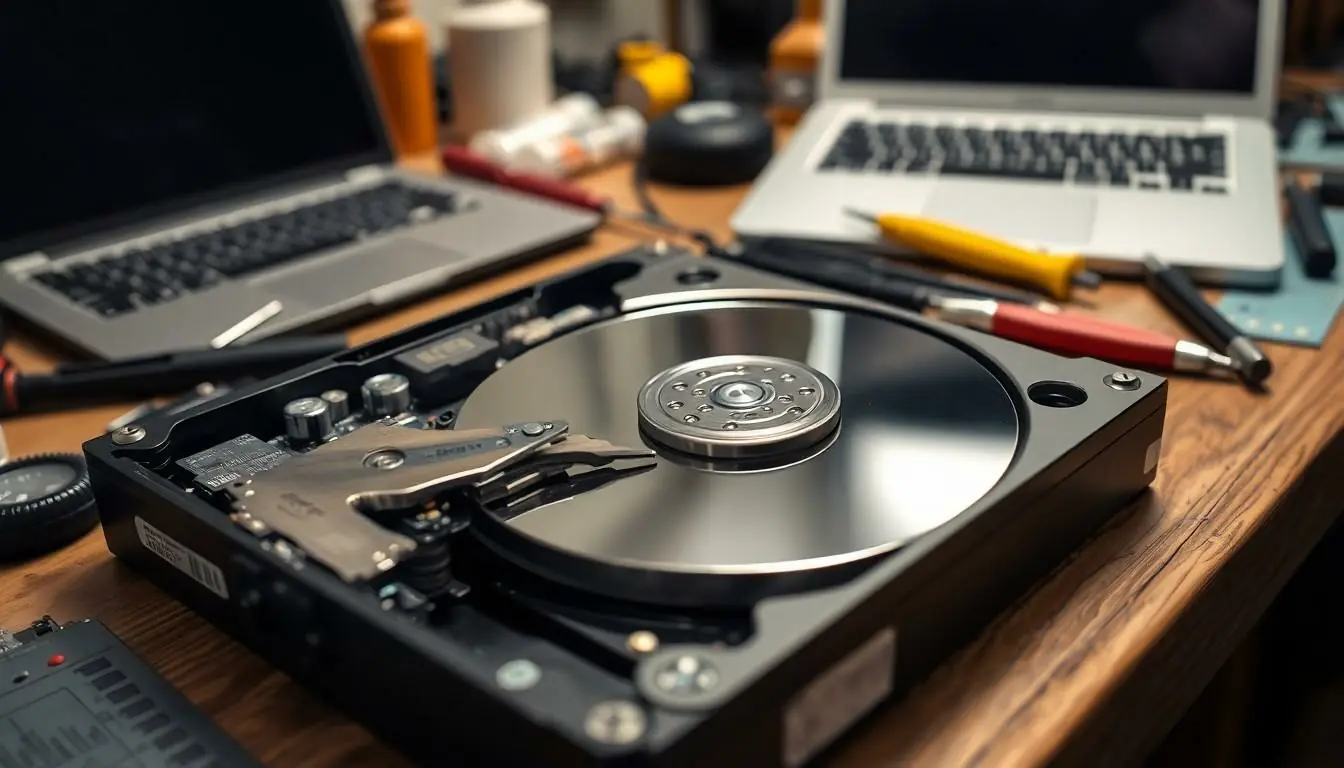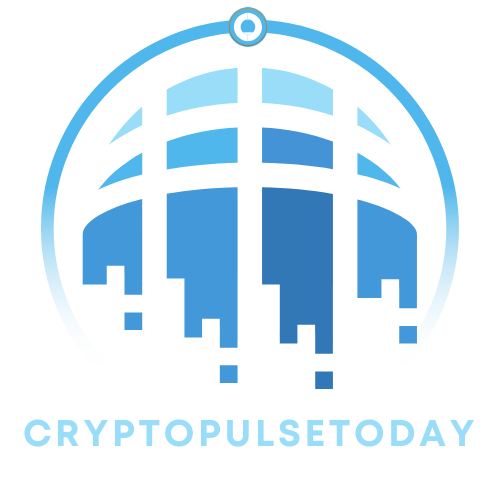Table of Contents
ToggleEvery computer user has experienced that heart-stopping moment when their device suddenly decides to take a vacation. Whether it’s a stubborn hard drive or a rebellious power supply, common hardware problems can turn a productive day into a comedy of errors. Understanding these issues not only saves time but can also spare users from those awkward conversations with tech support.
Overview of Common Computer Hardware Problems
Computer hardware issues frequently disrupt users, impacting productivity and overall experience. Three prevalent problems can arise: hard drive failures, faulty power supplies, and overheating.
Hard Drive Failures
Malfunctioning hard drives present significant challenges. Users may experience data loss or corruption when drives fail. Notably, symptoms include unusual noises, slow performance, or frequent crashes. Recognition of these signs allows for timely intervention.
Faulty Power Supplies
Power supply failures can result in systems not turning on. Inconsistent power delivery often leads to unexpected shutdowns or reboots. Indicators of this issue include burnt smells or visible damage to cables. Prompt diagnosis may prevent further hardware complications.
Overheating
Overheating remains a critical hardware problem. Systems often shut down unexpectedly to protect components from heat damage. Dust buildup in fans or blocked ventilation can exacerbate the situation. Regular cleaning and monitoring of internal temperatures help maintain optimal performance.
Addressing these common issues proactively enhances computer reliability. Understanding hardware components and their signs empowers users to tackle problems effectively.
Example 1: Hard Drive Failures

Hard drive failures represent a significant challenge for computer users. These issues often manifest as data loss or corruption, impacting productivity.
Symptoms of Hard Drive Issues
Unusual noises can indicate hard drive problems, such as clicking or grinding sounds. Slow performance is another common symptom, with applications taking longer to load. Frequent system crashes may signal underlying hard drive failure, especially if they occur during file access. Error messages related to files or drives can also emerge, highlighting potential corruption. A computer not recognizing a hard drive or showing a missing drive error indicates a severe issue, requiring immediate attention.
Solutions for Hard Drive Problems
Regularly backing up data serves as a crucial first step to prevent data loss. Utilizing disk management tools can help identify issues early, allowing for timely repairs. Replacing failing hard drives ensures continued system reliability and performance. Running diagnostic software may assist in assessing the drive’s health and functionality. In more severe cases, consulting a professional for data recovery may save critical information.
Example 2: Overheating Issues
Overheating occurs when a computer’s internal temperature surpasses safe levels. Users may notice sudden shutdowns or performance drops as systems attempt to protect hardware.
Causes of Overheating
Poor ventilation often contributes to overheating. Dust accumulation in fans and vents blocks airflow, making cooling inefficient. High ambient temperatures also play a role; environments lacking proper climate control may lead to excessive heat. Inadequate cooling systems, such as malfunctioning fans or heat sinks, hinder the dissipation of heat from critical components. Users should monitor CPU and GPU workloads because demanding tasks generate more heat, influencing overall performance. Overclocking, when done without sufficient cooling, can elevate temperatures beyond safe operating levels.
Preventive Measures for Overheating
Regular cleaning of computer components ensures optimal airflow. Users should detach power and open cases to remove dust with compressed air. Adding or upgrading cooling fans increases air circulation, reducing thermal accumulation. Monitoring software, which tracks temperature levels, helps to identify potential issues before they escalate. Maintaining a cool environment supports better performance; air circulation around the computer can prevent overheating. Lastly, avoiding overclocking without proper cooling mechanisms lowers the risk of heat-related problems.
Example 3: Power Supply Failures
Power supply failures frequently disrupt computer functionality. Users encounter various signs indicating possible issues.
Identifying Power Supply Problems
Burnt smells often signal serious power supply problems. Users may notice systems failing to turn on or experiencing unexpected shutdowns. Flickering lights or a complete lack of power suggest hardware failure. Additionally, signs such as damaged cables can indicate underlying concerns. If the system doesn’t boot up or restarts randomly, chances are the power supply requires inspection. A faulty power supply significantly affects overall computer performance and stability.
Troubleshooting Power Supply Issues
Begin troubleshooting by checking the power outlet for functionality. Users can replace power cords to determine if the issue lies within the cable itself. Inspecting the power supply for physical damage should follow, looking for burnt connectors or an unusual buildup of dust. If available, connecting a different power supply can confirm whether the current unit is defective. Various diagnostic tools may assess power supply efficiency providing better insights. Lastly, consulting technical support becomes imperative when issues persist beyond basic troubleshooting.
Understanding common computer hardware problems like hard drive failures faulty power supplies and overheating is crucial for any user. Recognizing the signs of these issues can prevent data loss unexpected shutdowns and frustrating experiences. By being proactive and implementing regular maintenance users can significantly enhance their computer’s reliability.
Taking the time to troubleshoot and address these problems not only saves time but also empowers users to manage their technology more effectively. With the right knowledge and tools users can tackle these challenges head-on ensuring smoother computing experiences.




